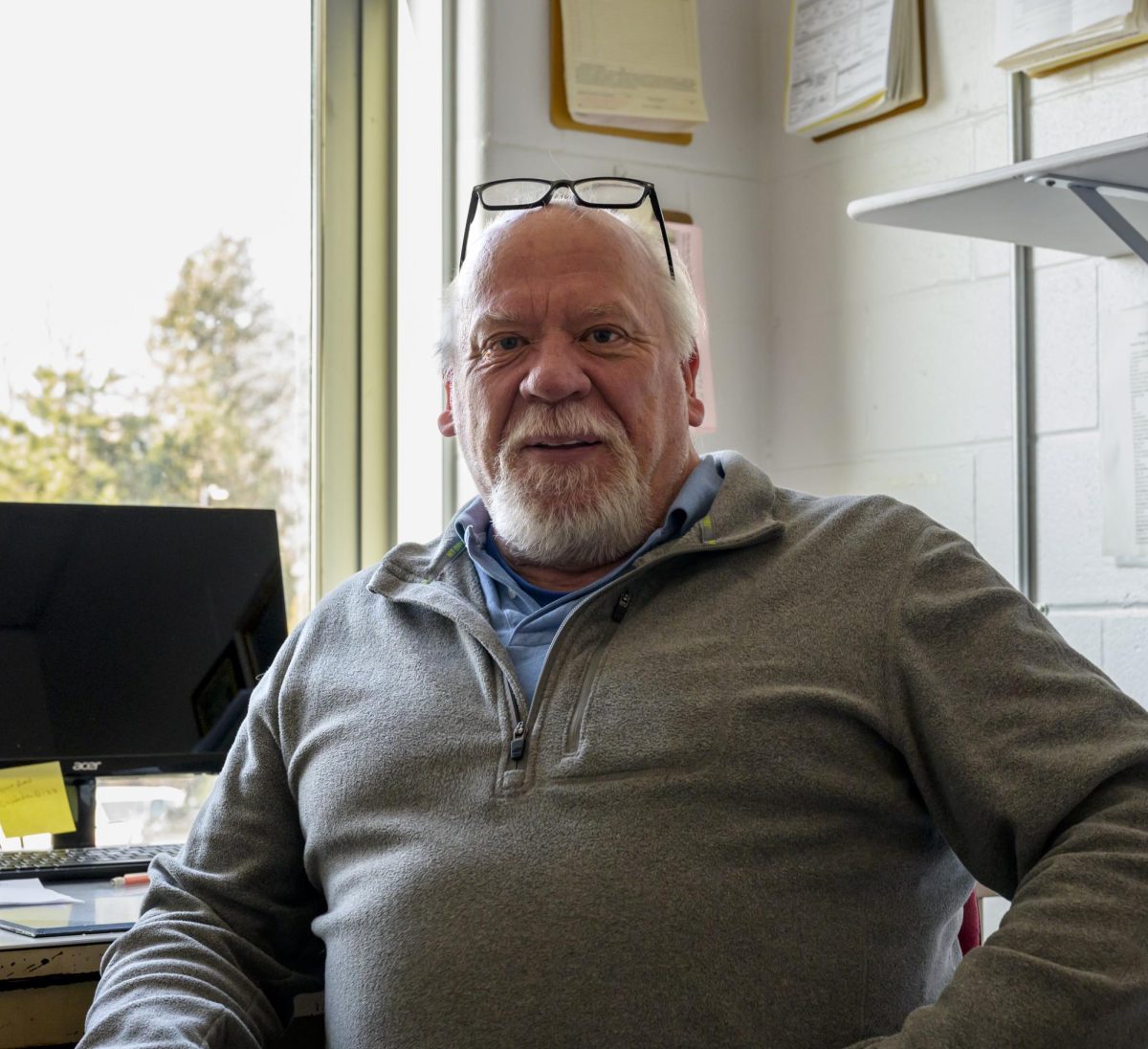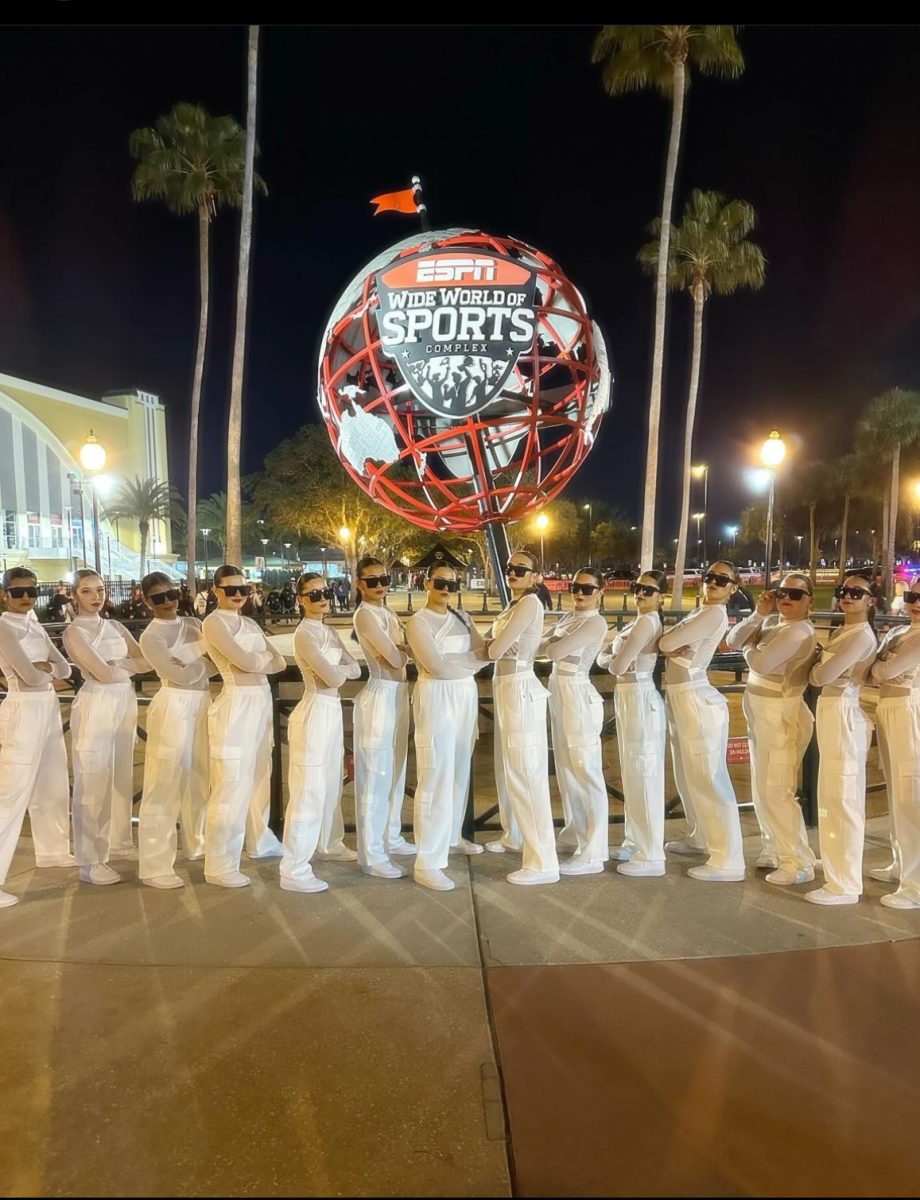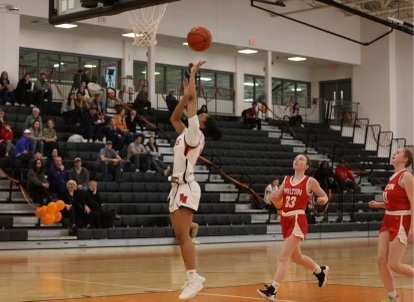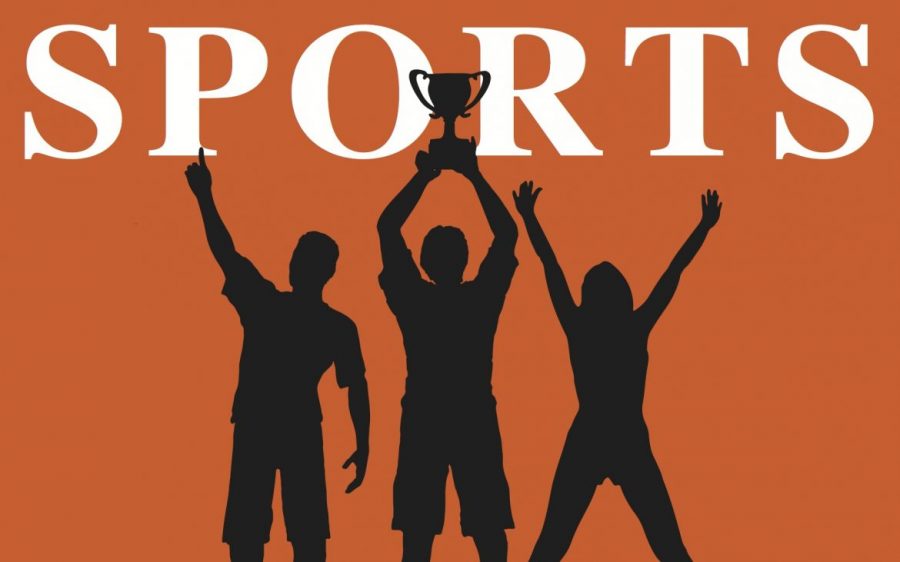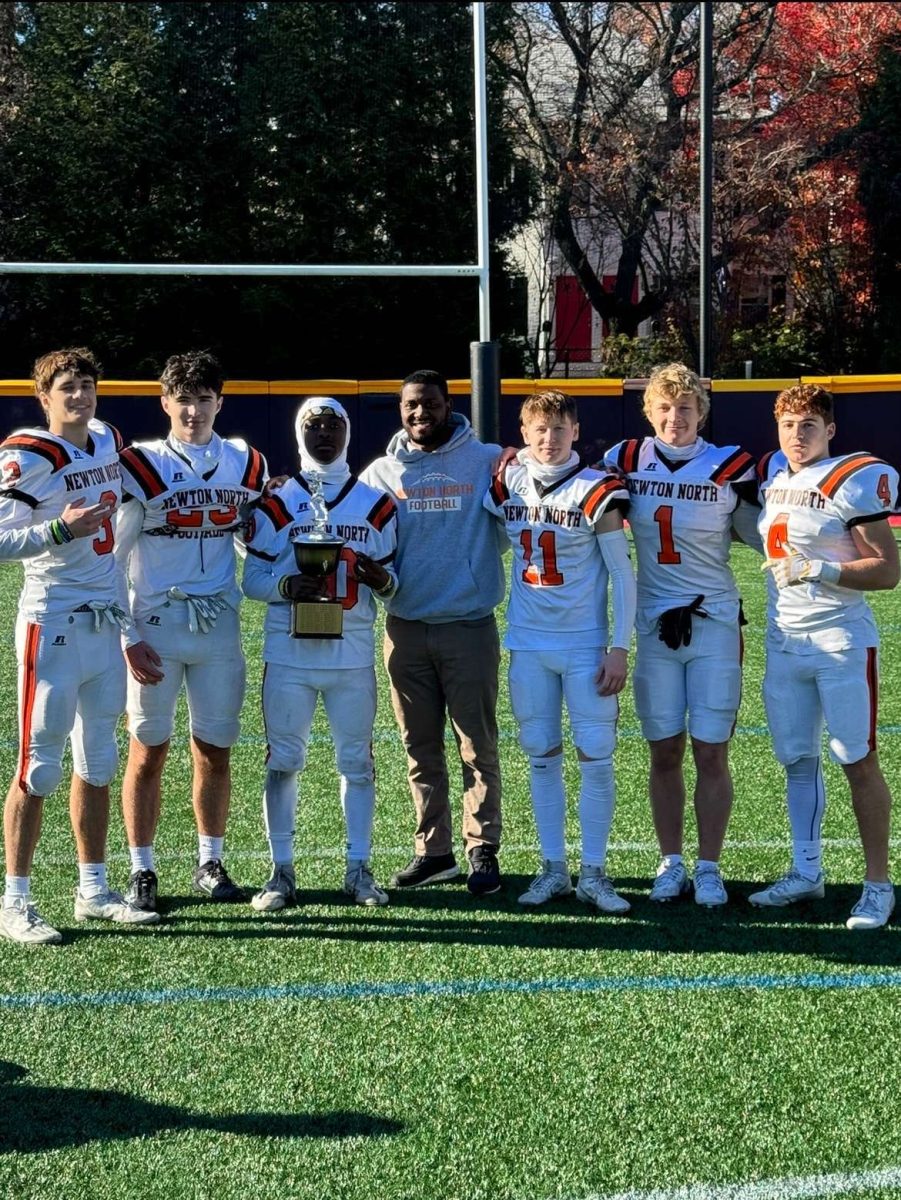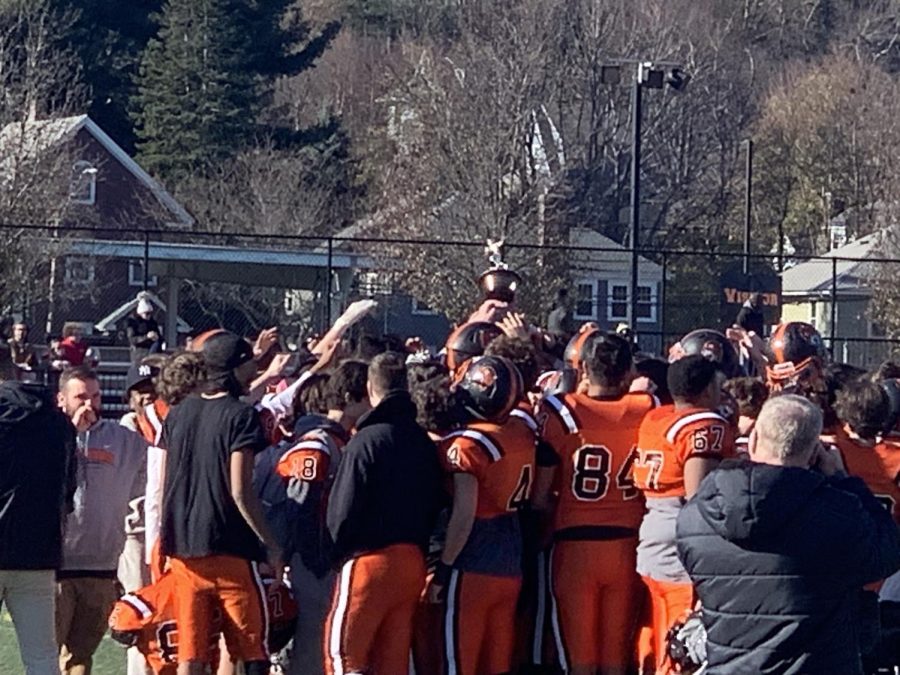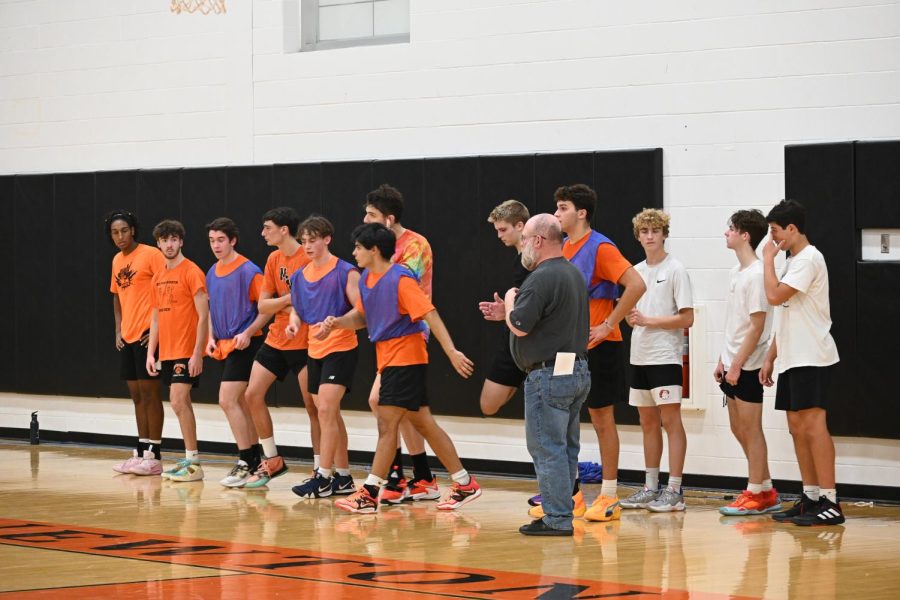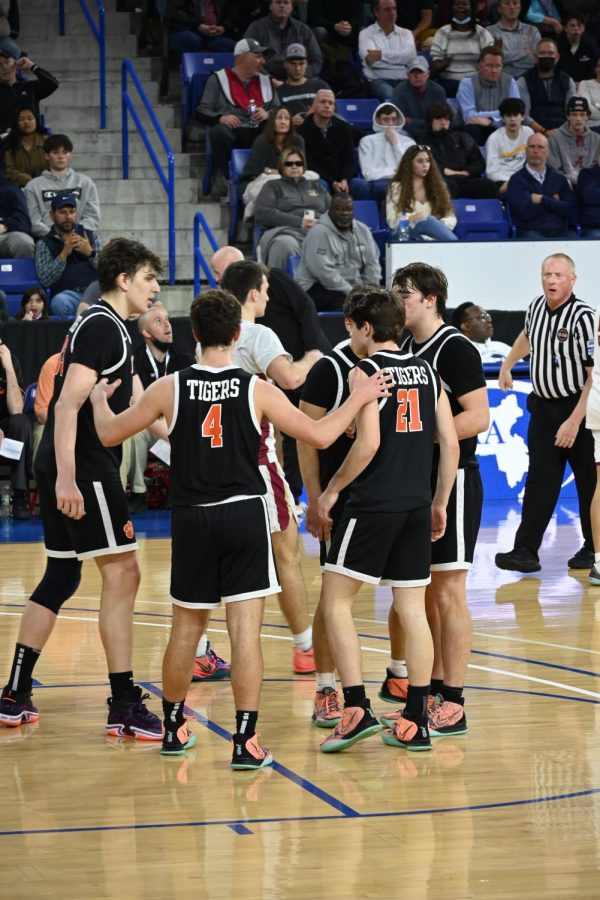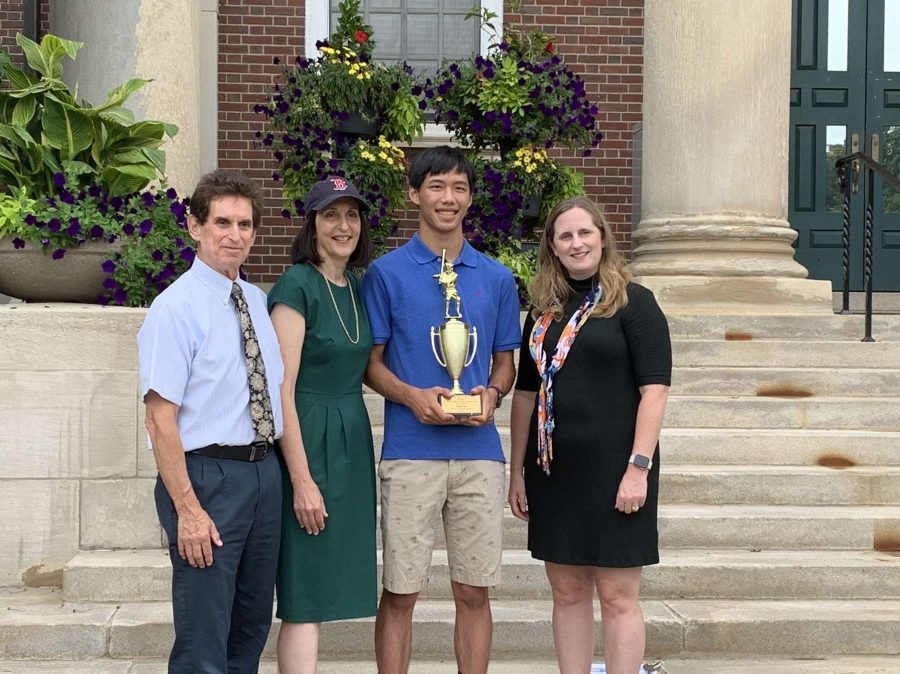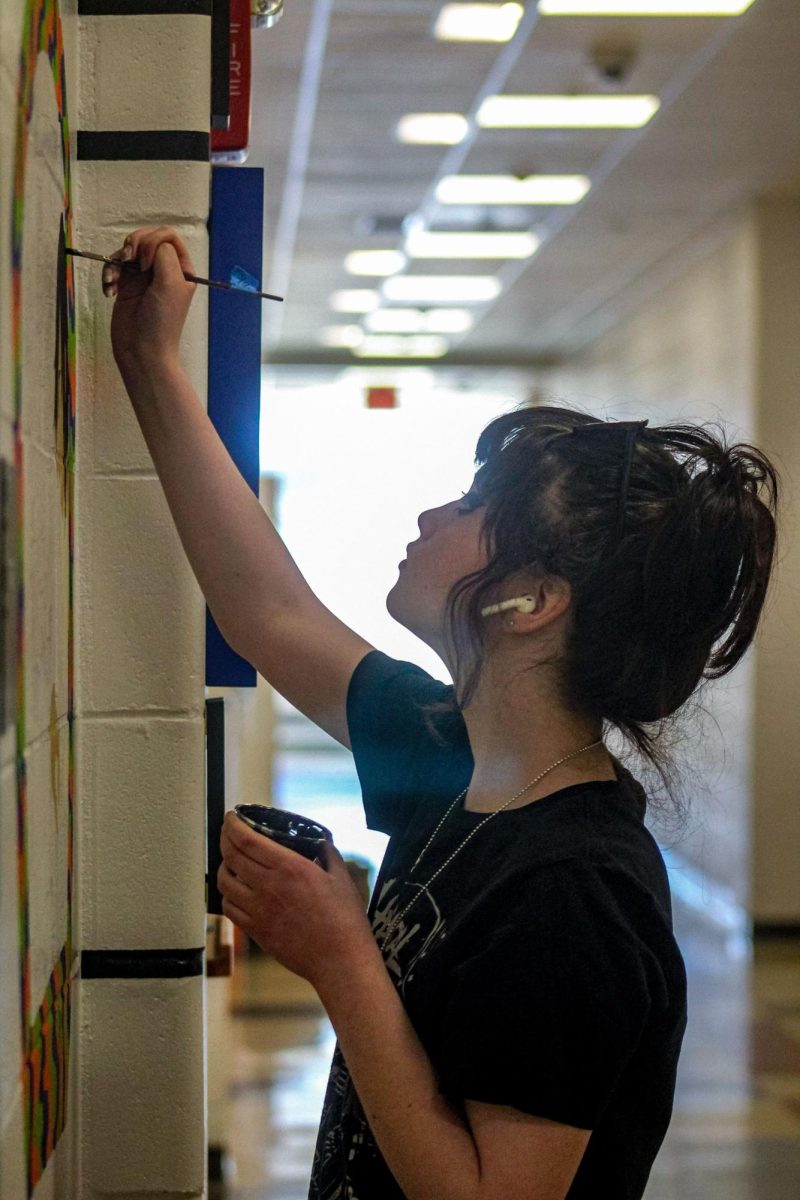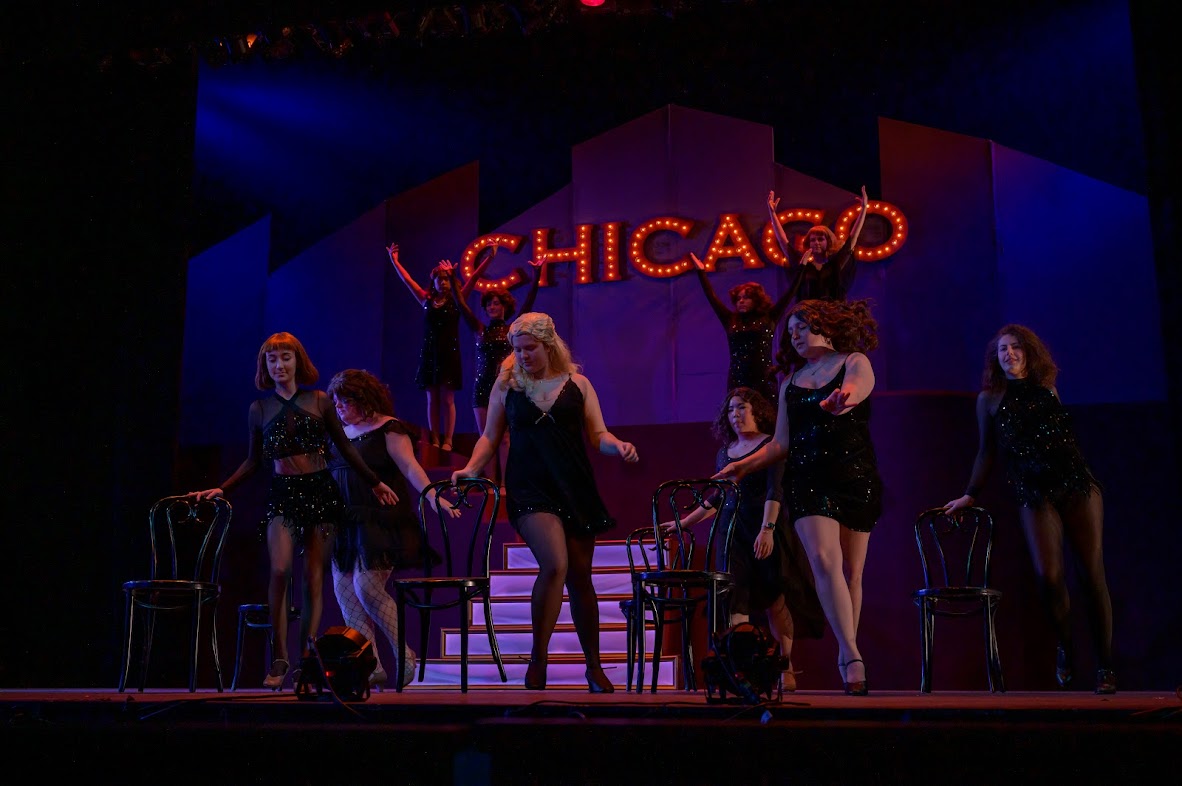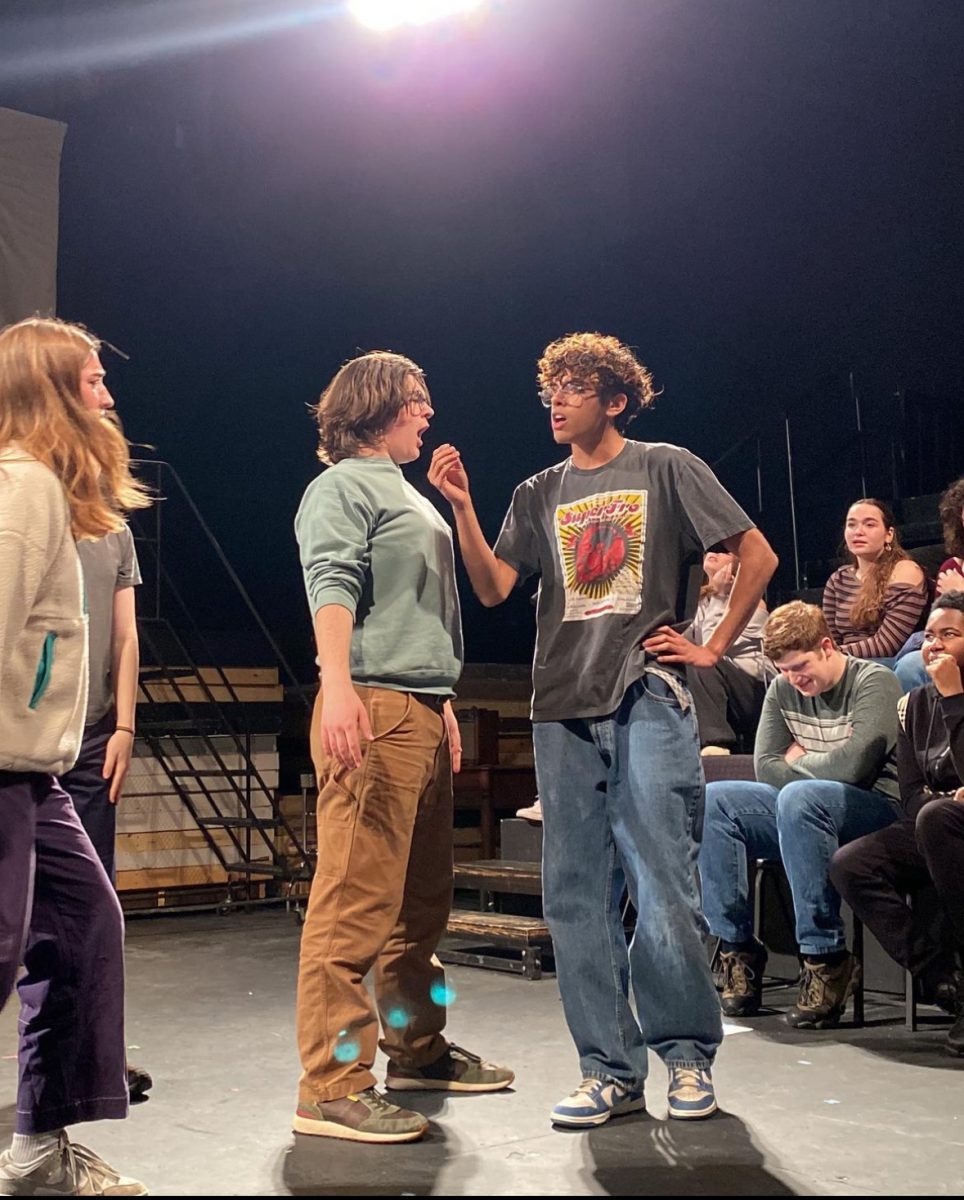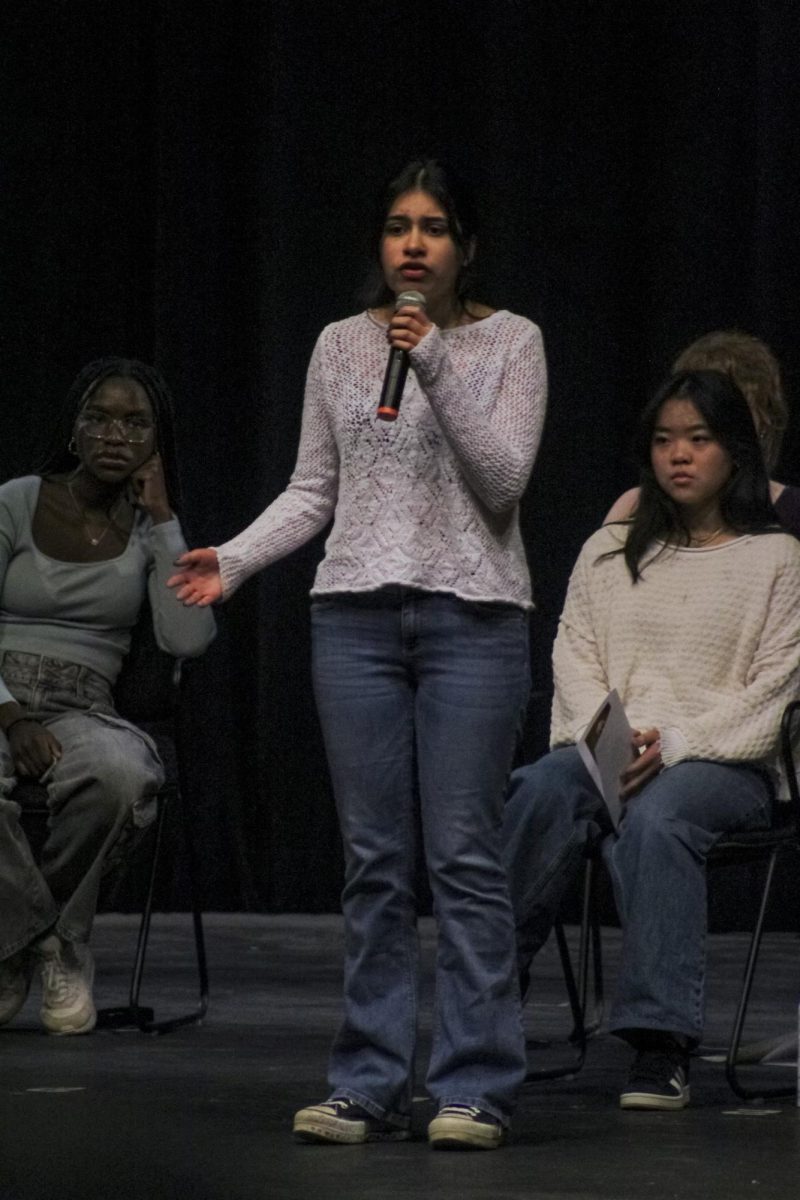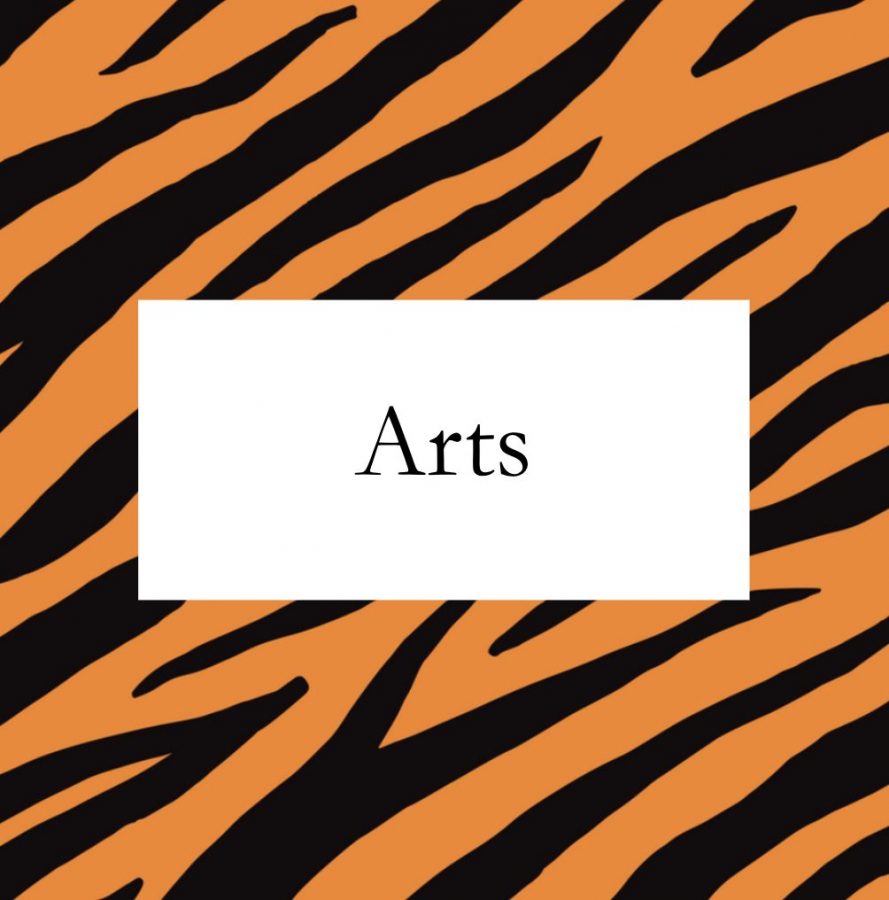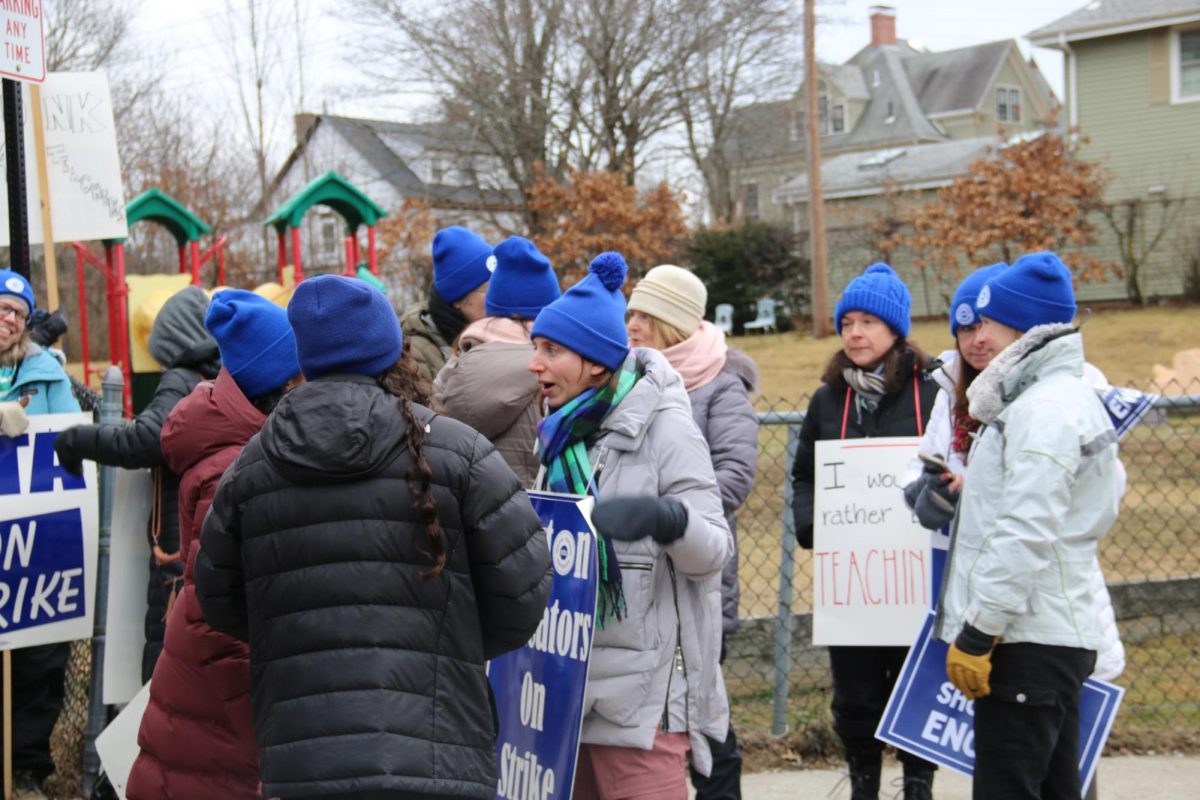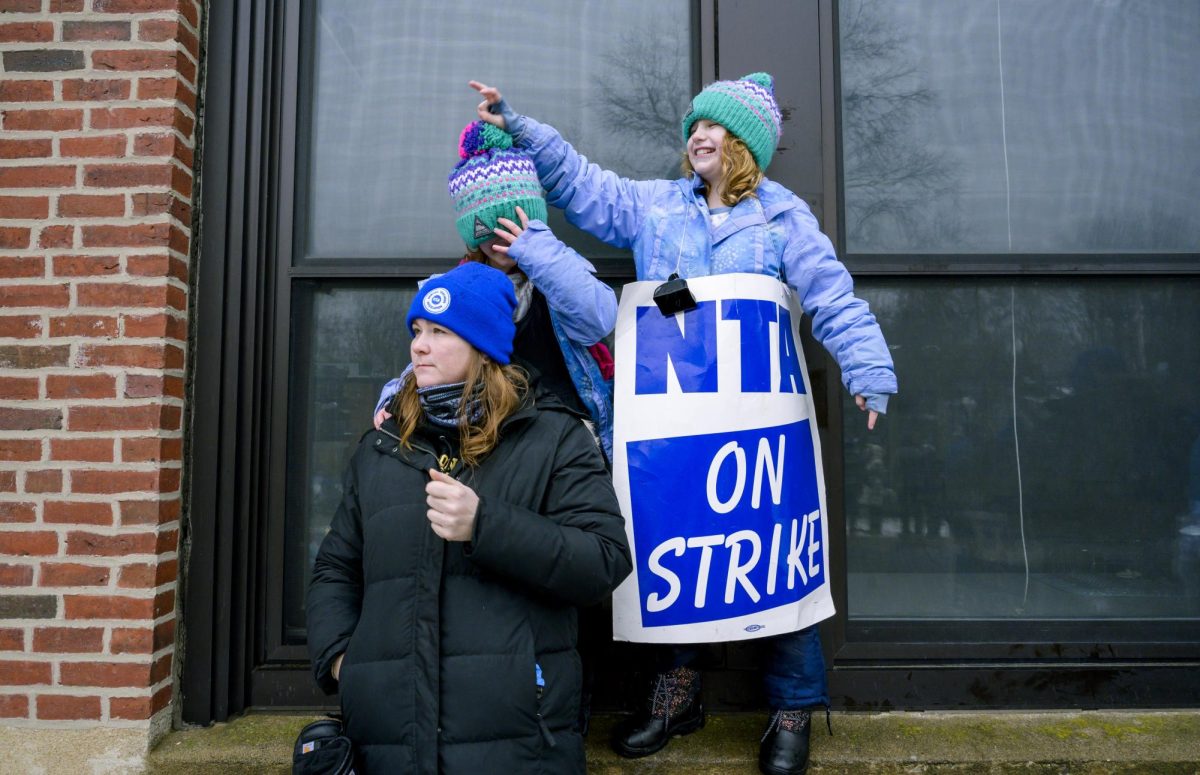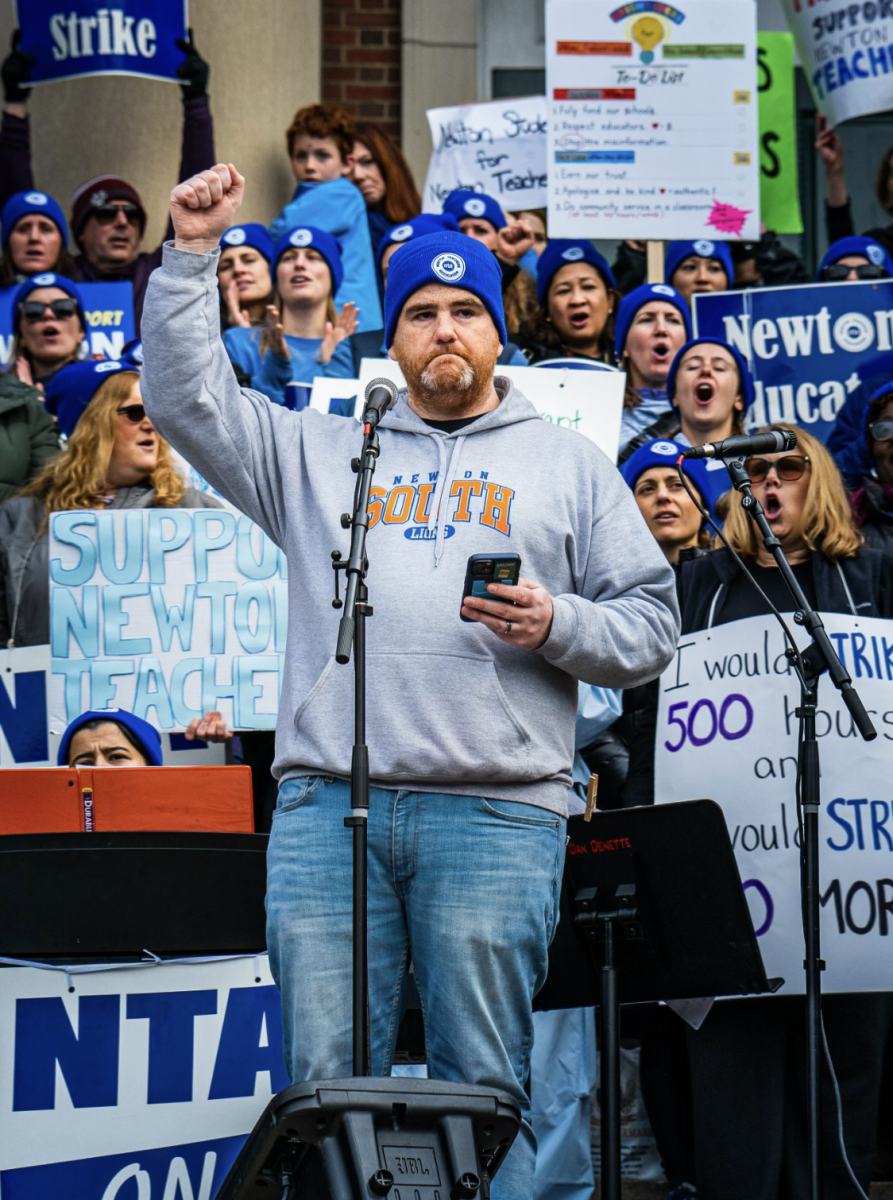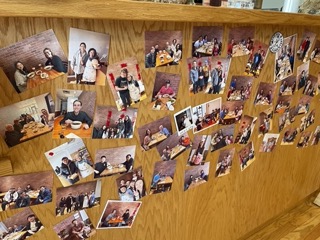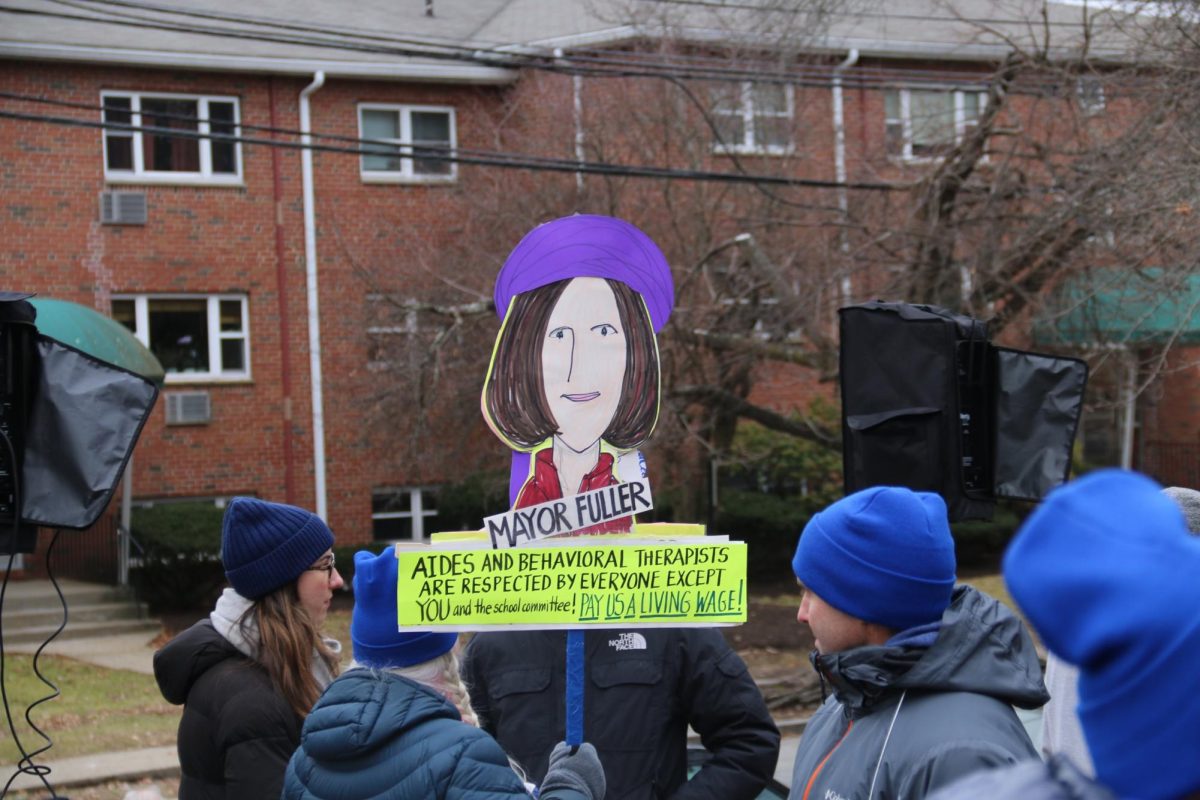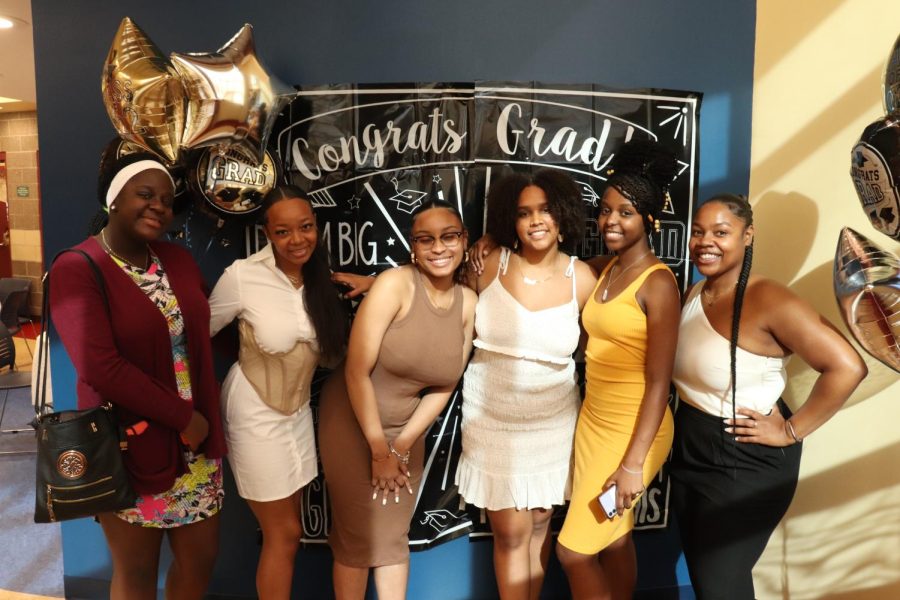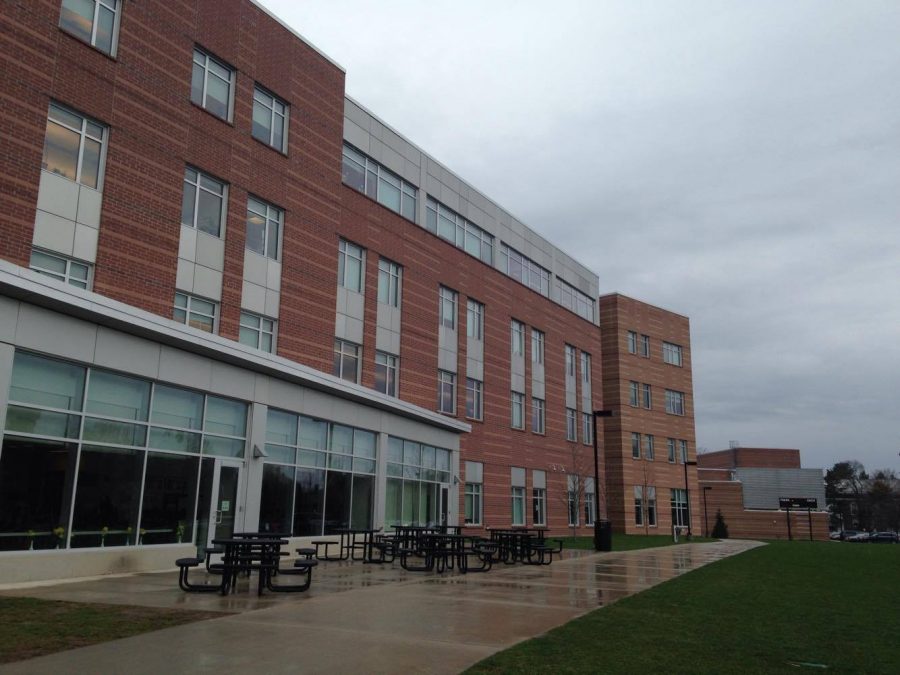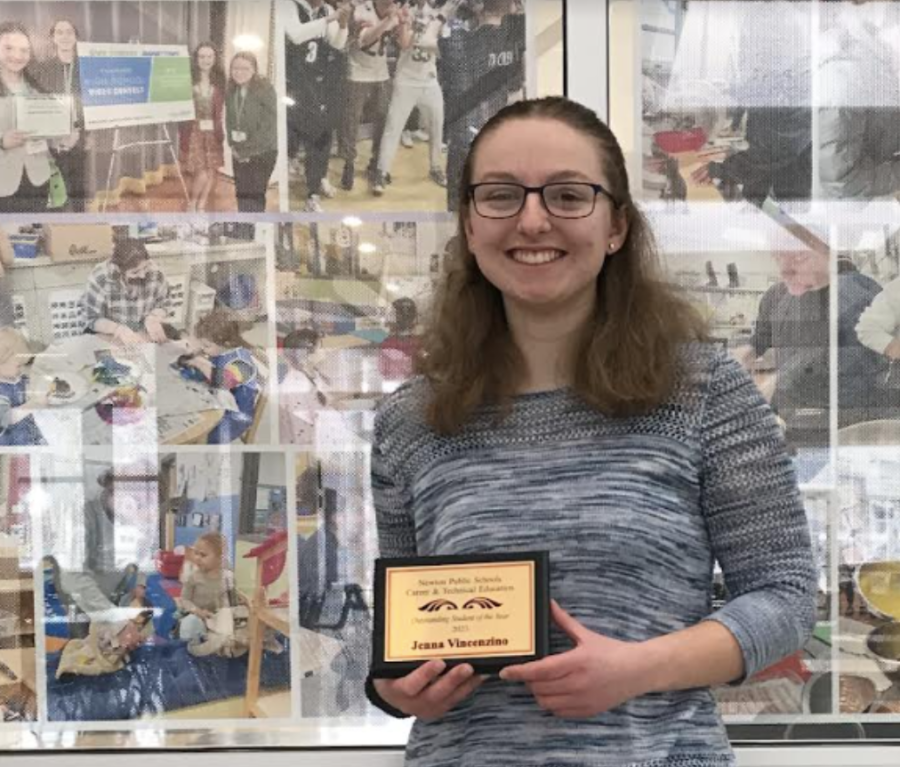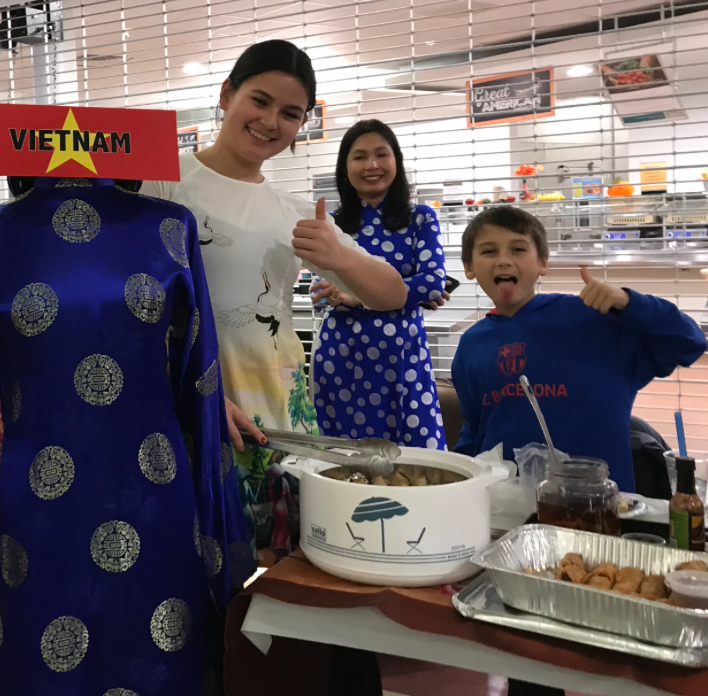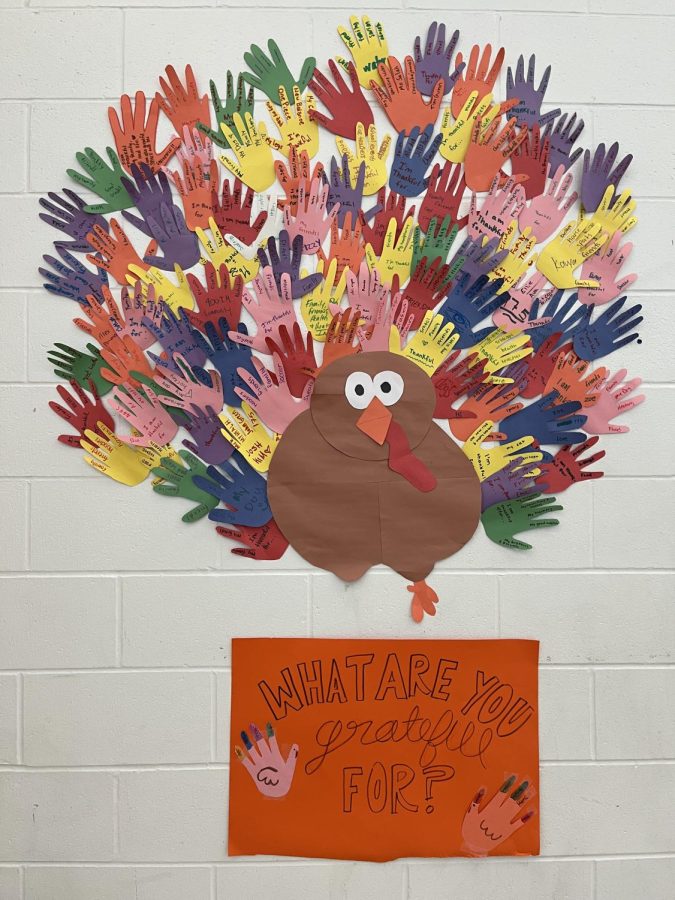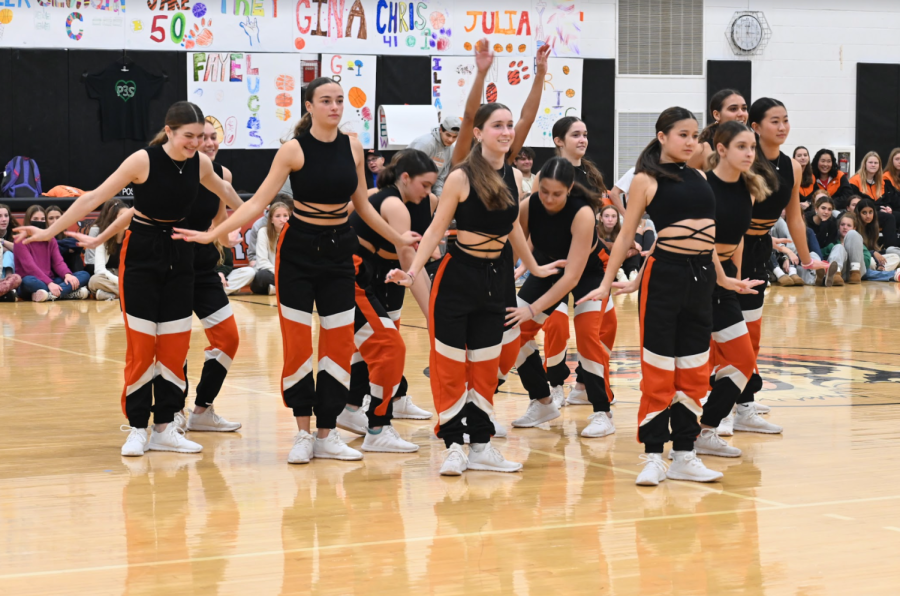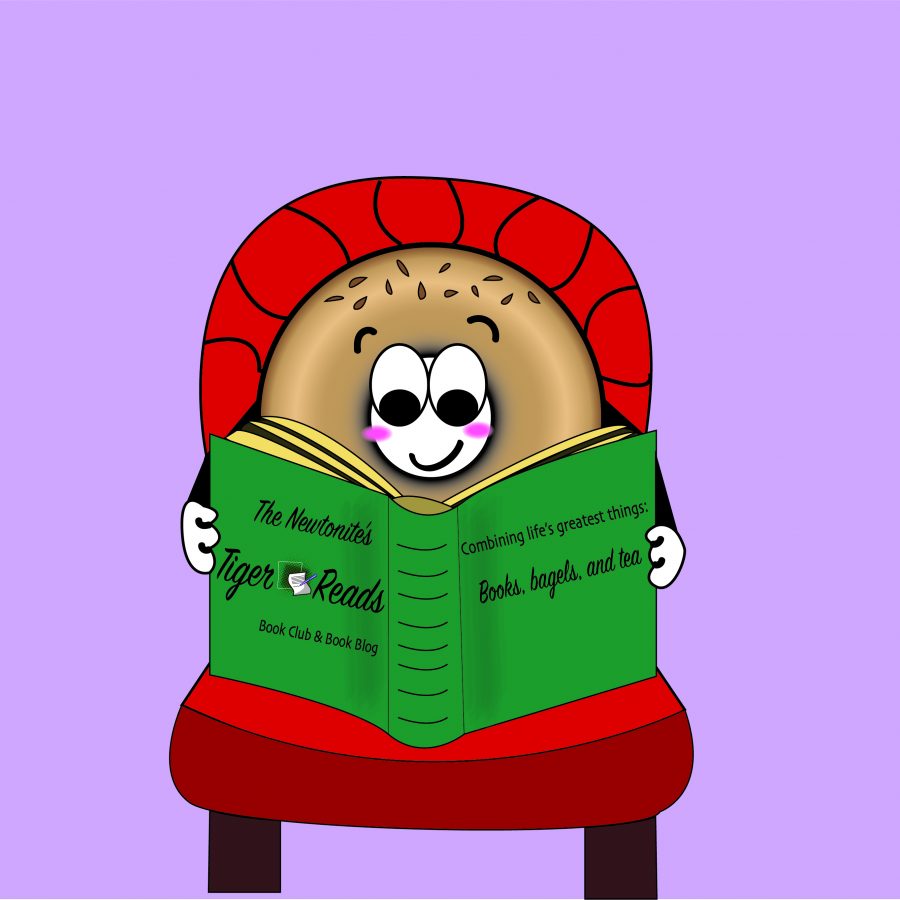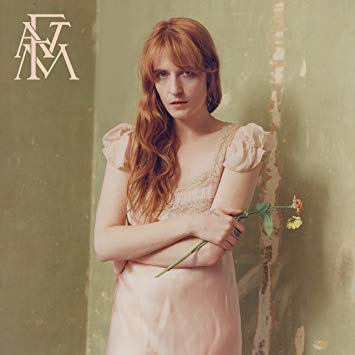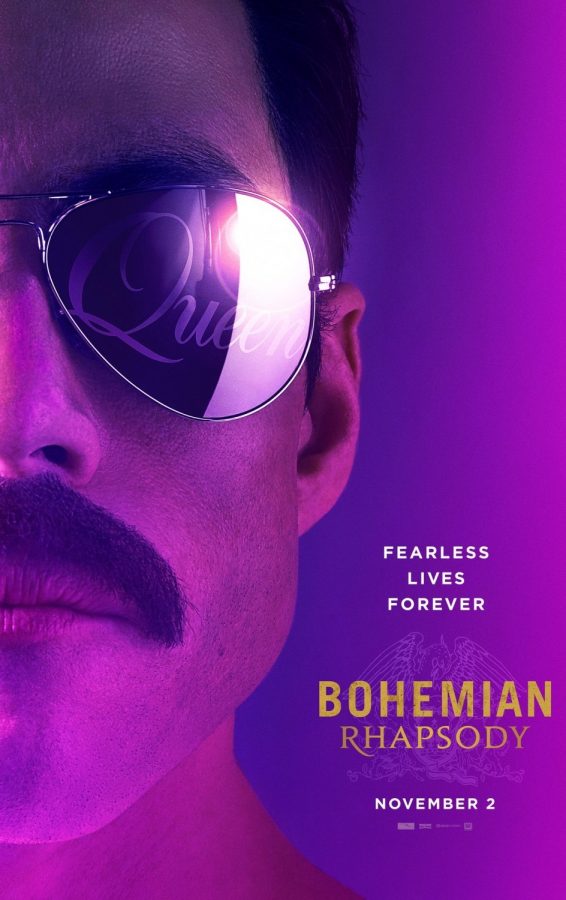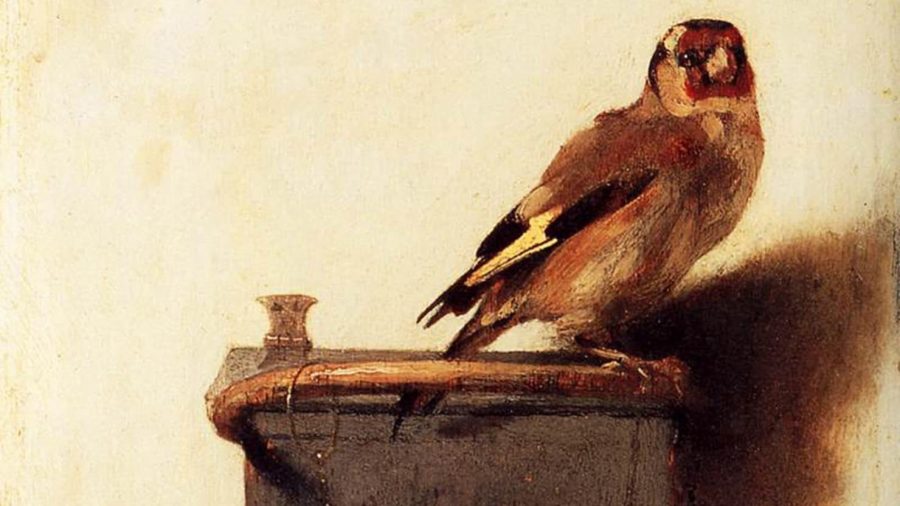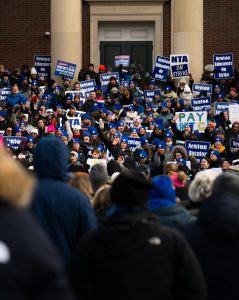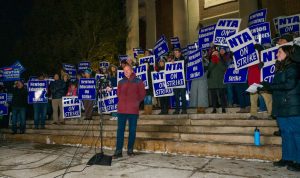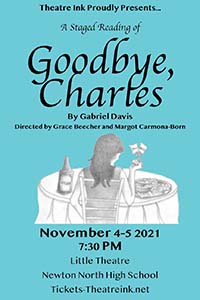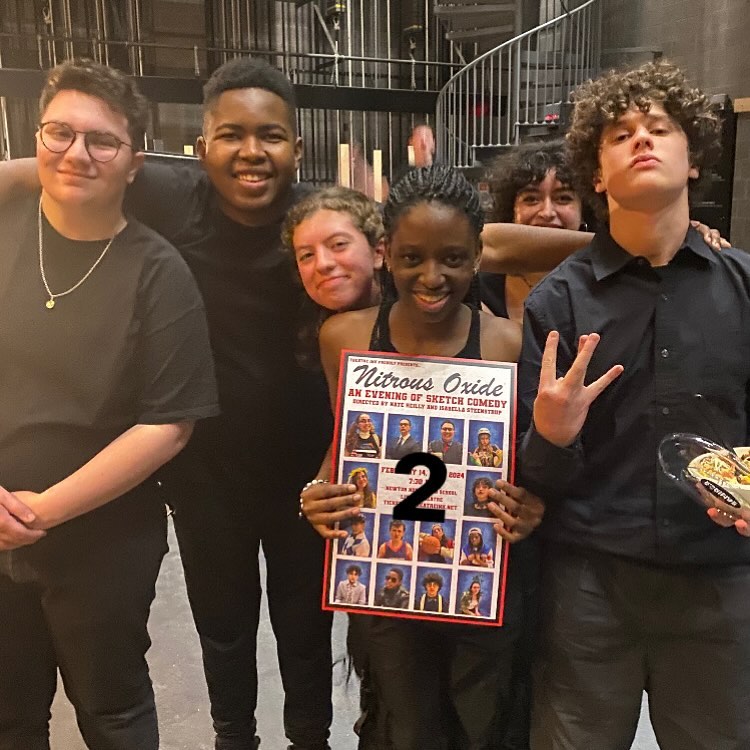 [/media-credit]
[/media-credit]
- Photography teacher Morris at a smoothie shop after the Saint Patrick’s Day Parade.
by Leah Budson
In two weeks, each photographer will display three photographs on Main Street, depicting his or her perception of New Orleans, according to Morris.
Every year, carpentry majors take a trip to New Orleans to rebuild homes damaged by Hurricane Katrina. A few months prior to their trip, carpentry teacher Garrett Tingle told Morris that photography students should join the carpentry majors to photograph the city.
Morris said he thought taking the trip was a great idea, especially because it tied in with Zeitoun, the book students read for Two Schools One Book. Due to timing conflicts, the photography students did not travel with the carpentry majors.
The eight photography students spent five days photographing New Orleans, a city many associate with the devastation of Hurricane Katrina.
Morris’ favorite place to photograph was the Lower Ninth Ward, the neighborhood of New Orleans most affected by the hurricane.
The ward also created unique photographic opportunities through the contrast of old and the new, Morris explained. “Seeing the homes was fascinating. Most of the area had been entirely rebuilt–we went through places that were completely new, where there had been nothing before,” he said.
Senior Savannah Greenly, a photography major III, echoed Morris’ interest. “I liked to photograph the architecture,” she said. “In particular, I thought that what stood out was the windows and wrought iron fences because every house was decorated differently.”
Junior Amelia Goldstein, a photography major II, said that “it was shocking to see people doing their best to make it work in their destroyed homes, whereas down the street houses were rebuilt better and more beautifully than before.
“We can read about it all we want, but photographing it in person is unlike anything else I’ve read or seen.”
 [/media-credit]
[/media-credit]
- The students explored a deserted house, discovering evidence of the hurricane in the shattered bathroom.
Independent study photography minor senior Serena Haver described how the students explored a deserted house in the Lower Ninth Ward. Through the “stripped walls, broken floors and shattered bathroom,” the devastation of the hurricane was clear,” she said.
“In photography books and museums, you often see pictures of tragedies and disasters,” Haver said. “In Newton, you don’t get the chance to photograph much of that, but in New Orleans, we were able to.”
The students photographed several other areas in and nearby New Orleans, including Laura Plantation, the Garden District, the French Quarter and the area surrounding the levees that broke during Hurricane Katrina.
Goldstein thought “the tour of Laura Plantation, a sugar plantation outside of New Orleans, was the most interesting area to photograph. I took all sorts of pictures of slave cabins, which were completely preserved.”
Morris encouraged the students to veer away from touristy pictures when photographing the neighborhoods, according to sophomore Elizabeth McCarty, a photography minor II.
“The photography we took on the trip was on the spot,” she described. “We would be walking, and if you saw something that interested you, you had to take it pretty quickly, or the moment would be gone.
“In contrast, when we would get assignments in class, we have more time to plan out our shots.”
“We also went to the Saint Patrick’s Day Parade, which I think the students enjoyed the most,” said Morris.
 [/media-credit]
[/media-credit]
- The students found beads from the Saint Patrick’s Day Parade scattered around the city.
Haver, who said her favorite experience was the parade, described how “people threw free things off the floats, such as mardi gras beads, Irish Spring soap and even cabbage.”
“I thought it was really interesting to photograph all the mardi gras beads hanging off the trees and fences and lying on the ground,” she said.
Morris said that going back to New Orleans, or a different city, is a possibility because “it was a lot of fun, and I think people learned a tremendous amount, just from photographing such a different place.
“The architecture is completely different, the landscape is completely different, the people are completely different,” he continued. “It’s like going to a foreign country. Nothing is the same.”







